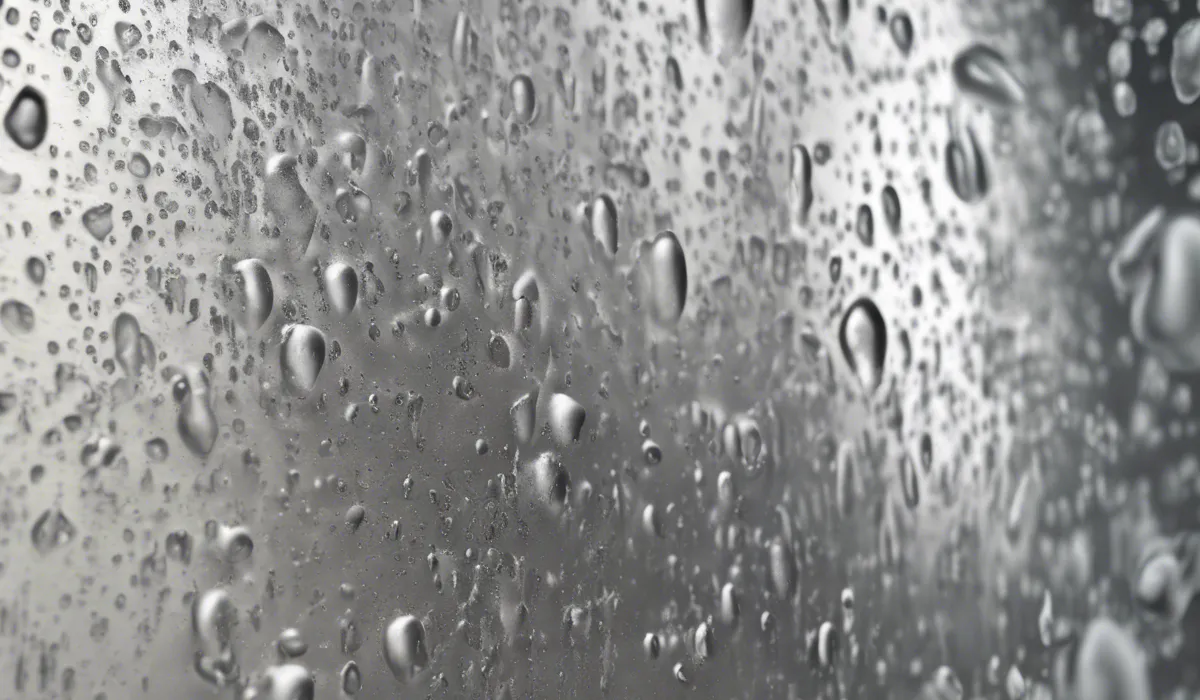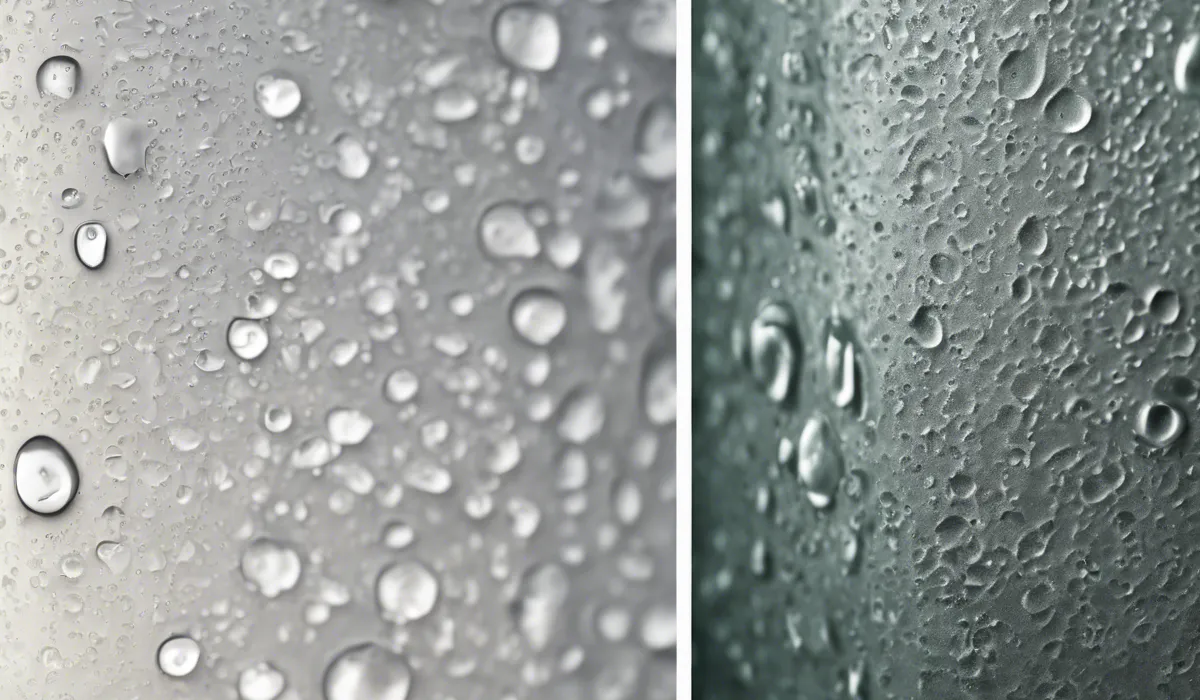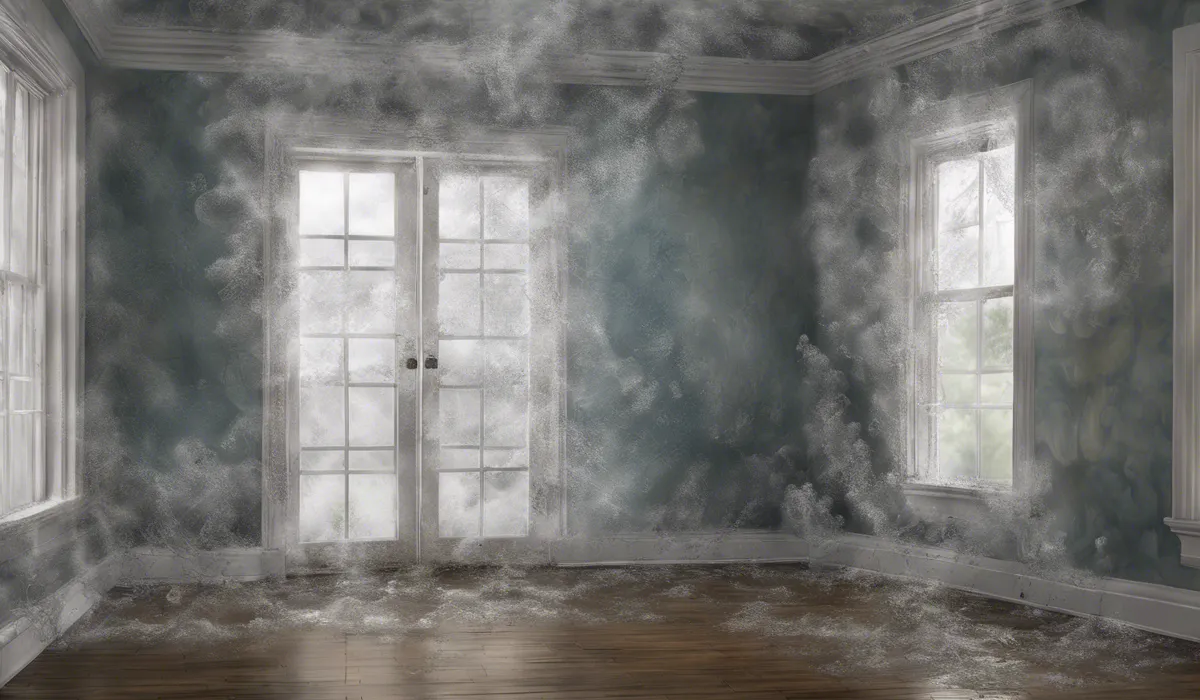Yes, condensation can cause mold. When moisture from condensation accumulates on surfaces, it creates an ideal environment for mold spores to grow, especially if the area is poorly ventilated and remains damp for extended periods.
The Link Between Condensation and Mold Growth

Understanding Condensation in the Home
Condensation occurs when warm, moist air meets cooler surfaces, causing water droplets to form.
This can happen on windows, walls, and even on pipes. Homes are particularly susceptible to condensation in areas like bathrooms and kitchens where humidity levels are high.
Properly insulating these areas can keep surfaces warm and prevent condensation, much like ensuring a ceiling box is properly sealed to avoid moisture ingress.
Essential Conditions for Mold Growth
Mold thrives in environments that are warm, moist, and rich in organic material. Wood, paper, carpet, and even dust can feed mold.
Without addressing these conditions, mold can become a persistent issue, as persistent as ensuring the right toilet flange size for a leak-free bathroom.
Condensation’s Role in Mold Propagation
Condensation provides the dampness mold spores need to anchor and multiply. Poor ventilation exacerbates the issue by allowing moisture to linger.
It’s as crucial to manage moisture as it is to choose the correct 2500 reel for a successful fishing trip.
Mold Development and Science
The science is clear: when condensation persistently dampens surfaces, mold spores, which are always in the air, find a hospitable environment. They germinate and form colonies, leading to visible growth and potential health hazards.
Health Risks and Property Damage from Mold

Health Implications of Mold
Exposure to mold can lead to allergies, asthma attacks, and other respiratory issues. It is critical to maintain a healthy living environment, free from these triggers, much like one would prepare for an Alaska cruise by picking the right binoculars for optimal sightseeing.
Impact of Mold on Your Home
Mold can damage wall surfaces, weaken structural integrity, and reduce property value. It’s not just about aesthetics; it’s a matter of safety and investment protection, akin to choosing the right toilet flange size for a secure and functional bathroom.
The Cost of Delaying Mold Address
Ignoring mold can lead to extensive damage and health problems. Timely action is as important as having the appropriate 2500 reel when aiming for the big catch in fishing.
Prevention and Remediation Strategies

Reducing Indoor Humidity
Strategies to lower humidity include improving ventilation, upgrading insulation, and using dehumidifiers.
These steps are essential to prevent mold, akin to choosing the right gear, like a birding enthusiast selects the perfect binoculars.
Early Detection and Intervention
Being vigilant for signs of condensation and mold can save you from bigger problems down the line.
It’s as important as noticing the first signs of wear on a 2500 reel before it fails during a critical catch.
When to Call the Professionals?
If mold becomes widespread or keeps returning, it’s time to call in remediation experts. Their intervention can be as crucial as a mechanic’s for a car that’s showing persistent issues.
Maintaining a Mold-Free Home
Regular maintenance is key to preventing mold. It involves managing humidity, ensuring good ventilation, and fixing leaks promptly—much like regular check-ups ensure the longevity of important tools and appliances.
FAQs About Condensation and Mold
Can condensation in my home lead to mold growth?
Yes, condensation can lead to mold growth if the moisture from condensation is not promptly removed and the area remains damp.
What conditions are necessary for condensation to cause mold?
Mold growth from condensation requires a combination of high humidity, poor ventilation, and persistent dampness on surfaces.
How can I prevent mold caused by condensation?
Preventing mold caused by condensation involves reducing humidity levels, improving ventilation, and promptly drying wet surfaces.
Is condensation more likely to cause mold in certain areas of a home?
Yes, areas like bathrooms, kitchens, and basements are more prone to mold from condensation due to higher moisture levels and limited airflow.
What should I do if I find mold in my home caused by condensation?
If you find mold in your home caused by condensation, you should clean the affected area thoroughly and address the underlying moisture issue to prevent recurrence.
Final Thoughts
Condensation can indeed lead to mold growth as it deposits moisture on various surfaces. This moisture creates a favorable condition for mold spores to thrive, particularly when airflow is limited and surfaces remain wet over time. Effective ventilation and moisture control are essential to prevent mold from developing due to condensation.
